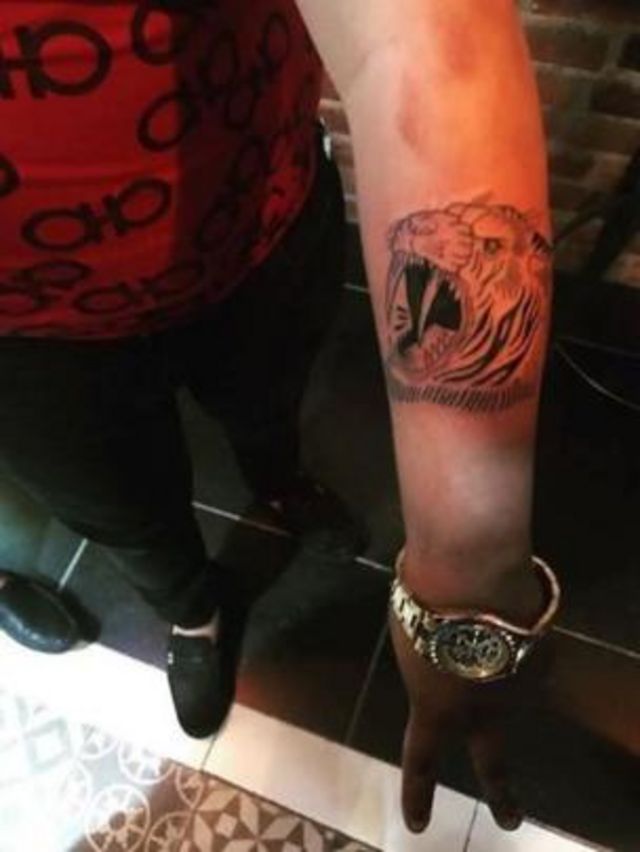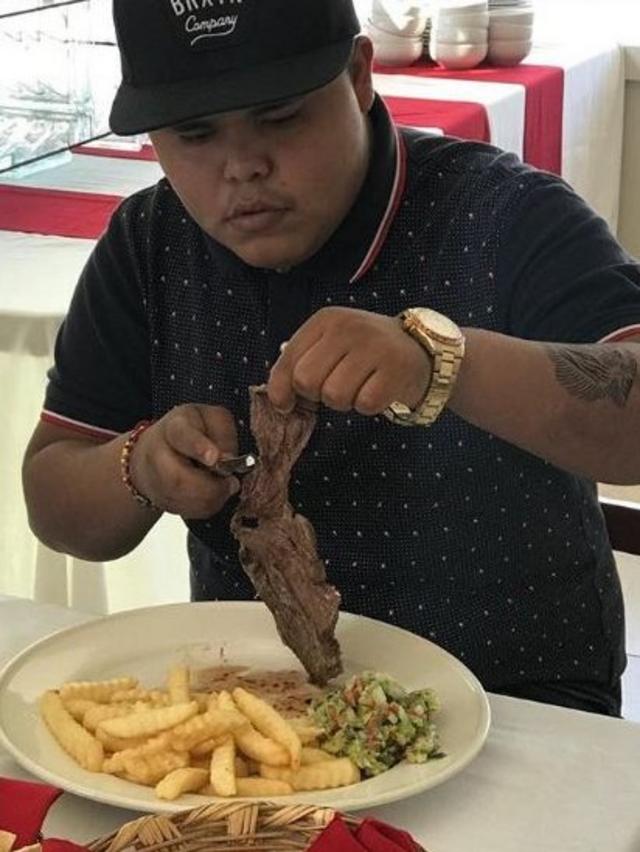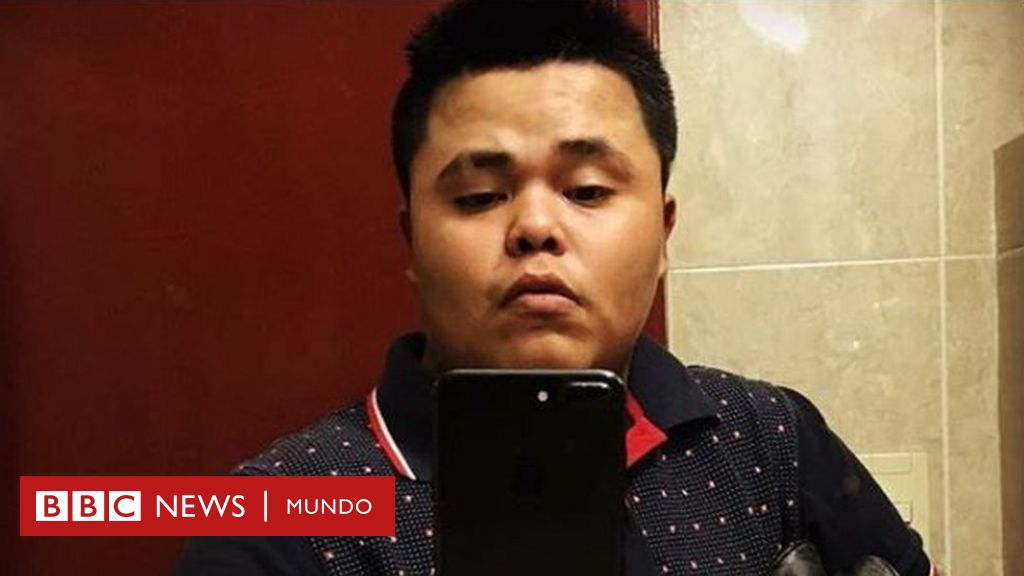Let me tell you somethin' real quick, folks. The story of El Pirata de Culiacan death photos has taken the internet by storm. It's not just a news headline anymore; it's a phenomenon that's sparked debates, raised questions, and fueled curiosity worldwide. People wanna know what really happened, and today, we're diving deep into the facts, the myths, and everything in between. So buckle up, because this ain't just another story—it's a narrative that's captured the world's attention.
You might be wonderin', why is this story such a big deal? Well, it's not just about a single event. It's about the legacy of a man who became a symbol for many, a figure whose life and death have sparked discussions about justice, crime, and the media's role in shaping public perception. The death photos of El Pirata de Culiacan have become a focal point in this conversation, and understanding them requires us to look beyond the surface.
Now, before we dive into the nitty-gritty, let's set the stage. This ain't just a tale of one man's demise. It's a complex web of events, emotions, and societal implications. So, whether you're here for the facts, the story, or just the truth, you're in the right place. Let's get started, shall we?
Read also:Tony Hinchcliffe Siblings A Closer Look At The Family Behind The Iconic Career
Who Was El Pirata de Culiacan?
Before we talk about the death photos, it's important to know the man behind the name. El Pirata de Culiacan wasn't just a nickname; it was a persona that represented power, influence, and a life lived on the edge. Born as Jesús Alfredo Guzmán Salazar, he was the son of the infamous Joaquín "El Chapo" Guzmán, one of Mexico's most notorious drug lords.
El Pirata wasn't just another member of the family; he was a key player in the Sinaloa Cartel, a name that strikes fear and curiosity in equal measure. His rise to prominence wasn't just about bloodlines; it was about his own actions, decisions, and the path he chose to walk. But what made him different? What set him apart from others in the cartel?
Biography and Key Facts
Let's break it down real quick. Here's a snapshot of who El Pirata de Culiacan was:
| Full Name | Jesús Alfredo Guzmán Salazar |
|---|---|
| Nickname | El Pirata de Culiacan |
| Family | Son of Joaquín "El Chapo" Guzmán |
| Affiliation | Sinaloa Cartel |
| Date of Death | March 12, 2023 |
| Place of Death | Culiacán, Sinaloa, Mexico |
These facts paint a picture of a man whose life was intertwined with the dangerous world of drug cartels. But there's more to his story than just the headlines.
The Death of El Pirata de Culiacan
Now, let's get to the heart of the matter. The death of El Pirata de Culiacan wasn't just another casualty in the war on drugs. It was an event that sent shockwaves through Mexico and beyond. On March 12, 2023, he was killed during a shootout with Mexican security forces in Culiacán, the heartland of the Sinaloa Cartel.
Here's the kicker: the circumstances surrounding his death are still debated. Was it a justified operation? Was it an assassination? Or was it something else entirely? The truth, as always, is more complicated than it seems. Let's unpack it further.
Read also:Tony Hinchcliffe Wife Discovering The Life And Love Behind The Scenes
The Shootout: What Really Happened?
According to official reports, El Pirata was involved in a violent confrontation with security forces. The operation was part of a broader effort to dismantle the Sinaloa Cartel's operations in the region. But here's the thing: eyewitness accounts and leaked information paint a different picture. Some claim that the shootout was orchestrated to send a message, while others believe it was a genuine attempt to capture a high-value target.
Let's break it down:
- Official Narrative: El Pirata was killed during a legitimate operation aimed at dismantling the cartel.
- Alternative Views: Some believe the operation was staged to eliminate a potential threat to the government's authority.
- Public Reaction: The death sparked outrage among those who saw El Pirata as a symbol of resistance against government corruption.
These differing perspectives highlight the complexity of the situation and the challenges in understanding the truth.
El Pirata de Culiacan Death Photos: The Controversy
Alright, let's talk about the elephant in the room: the death photos. After El Pirata's death, images of his body began circulating online. These photos weren't just shocking; they were controversial. They raised questions about the ethics of sharing such images, the impact on public perception, and the role of the media in shaping narratives.
Here's the thing: death photos have always been a sensitive topic. They're powerful tools that can evoke emotions, spark outrage, or even justify actions. But they also raise serious ethical concerns. Is it right to share such images? What are the implications for the deceased's family and the public at large?
Why Are These Photos So Controversial?
The controversy surrounding El Pirata de Culiacan death photos isn't new. It's part of a larger debate about the ethics of sharing graphic content. Here are some reasons why these photos have caused such a stir:
- Human Rights Concerns: Sharing death photos can be seen as a violation of human dignity and respect for the deceased.
- Media Responsibility: Journalists and media outlets have a responsibility to report the truth without sensationalizing or exploiting sensitive content.
- Public Perception: The images can shape public opinion in ways that may not always reflect the truth or the full story.
These factors make the discussion around death photos more than just a matter of curiosity; it's a matter of ethics and accountability.
The Impact on Society
Now, let's talk about the bigger picture. The death of El Pirata de Culiacan and the subsequent release of his death photos have had a profound impact on society. They've sparked conversations about justice, crime, and the media's role in shaping public opinion. But what does this mean for the future?
Here's the deal: these events highlight the ongoing struggle between law enforcement, criminal organizations, and the communities they affect. They also raise questions about how we, as a society, choose to remember and interpret such moments in history.
Lessons Learned
From this story, we can draw several important lessons:
- The Importance of Transparency: Governments and media outlets must be transparent in their actions and reporting.
- Ethical Responsibility: The media has a duty to report responsibly and avoid sensationalism.
- Community Engagement: Addressing the root causes of crime requires collaboration and understanding between communities and authorities.
These lessons are crucial as we move forward in addressing the challenges posed by organized crime and its impact on society.
The Legacy of El Pirata de Culiacan
As we reflect on the life and death of El Pirata de Culiacan, it's important to consider his legacy. Was he a villain, a victim, or something in between? The answer, as always, is more complex than it seems. His story is a reminder of the human cost of the war on drugs and the need for meaningful solutions to address the root causes of violence and crime.
But his legacy isn't just about the past; it's about the future. It's about the choices we make as a society and the paths we choose to walk. Whether you see him as a symbol of resistance or a cautionary tale, his story has left an indelible mark on the world.
Looking Ahead
As we look to the future, it's clear that the challenges posed by organized crime and its impact on society aren't going away anytime soon. But by learning from the past and working together, we can create a better, safer world for everyone.
So, what's next? It's up to us to decide. Will we continue down the same path, or will we choose a different one? The choice is ours, and the stakes couldn't be higher.
Conclusion
Let's wrap this up, folks. The story of El Pirata de Culiacan death photos is more than just a news headline; it's a reflection of the complex world we live in. It's about justice, ethics, and the choices we make as a society. Whether you're here for the facts, the story, or just the truth, one thing is certain: this story has left a lasting impact on the world.
So, what do you think? Do you have thoughts, questions, or insights to share? Drop a comment below, hit that share button, or check out some of our other articles. Together, we can keep the conversation going and work towards a better future for all.
Table of Contents
- El Pirata de Culiacan Death Photos: Unveiling the Truth Behind the Headlines
- Who Was El Pirata de Culiacan?
- Biography and Key Facts
- The Death of El Pirata de Culiacan
- The Shootout: What Really Happened?
- El Pirata de Culiacan Death Photos: The Controversy
- Why Are These Photos So Controversial?
- The Impact on Society
- Lessons Learned
- The Legacy of El Pirata de Culiacan
- Looking Ahead
- Conclusion



